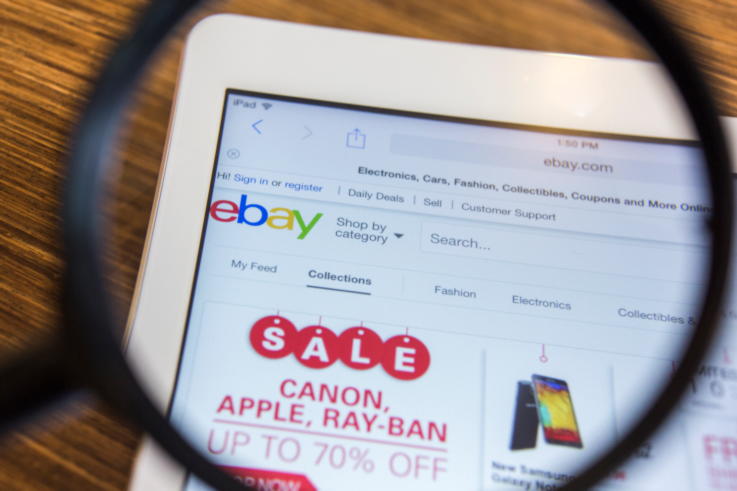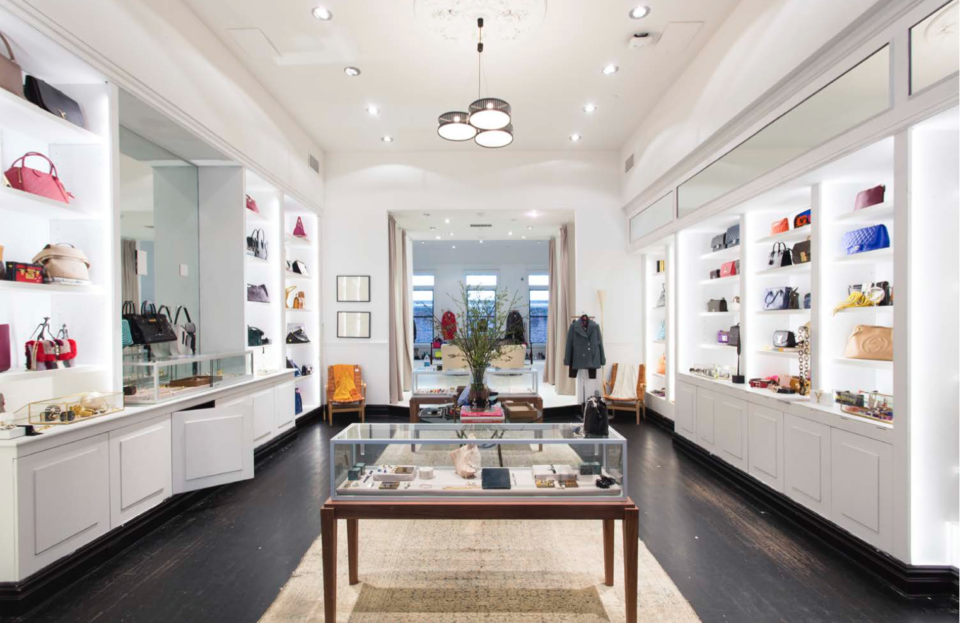Retail Trends Factfile 2017: Ecommerce


Amazon now accounts for 26% of all online retail sales in US. (Harvard Business Review, 2017)
58% of UK traders surveyed enable customers to order online for collection in-store. (Internet Retailing UK, 2016)
Online sales in the UK (excluding automotive fuel) increased year-on-year by 21.3% in 2016. (ONS, 2016)
UK retailers saw a strong end to 2016 with sales in the final quarter up 5.6% on the same period last year. (ONS, 2016)
In December 2016 average weekly spending online in the UK was £1.0 billion; an increase of 21.3% compared with December 2015. (ONS, 2016)
In December 2016 the amount spent online accounted for 15.1% of all retail spending, excluding automotive fuel, compared with 13.1% in December 2015. (ONS, 2016)
62% of CEOs surveyed believe their online business is making a profit, up 7% from the previous year. (JDA, 2017)
75% surveyed reported an increase in how their organisation’s online operating costs have changed as a percentage to sales in the last 12 months. (JDA, 2017)
35% of survey respondents said that they have increased customer charges for online orders. Another 33% have plans to raise the minimum order value to qualify for free shipping. (JDA, 2017)
85% of US/UK people surveyed are influenced by personalised home page promotions and 92% stated that personalised shopping cart recommendations influence them to complete a purchase. (Kibo 2017)
76% of US/UK consumers regularly price-check competitors. (Kibo, 2017)
Top influencers on completing an online purchase include interactive content (92%), product reviews (82%), simplified shopping cart (78%), and multiple fulfillment options (66%). (Kibo, 2017)
In the future household products and electronics will be most often shopped online in Europe. (Komarch/Kantar, 2016)
In online retail, for 20% individualised promotions and offers are key for retailer loyalty. (Komarch/Kantar, 2016)
Online shopping experiences are described as smooth for about 67.8% of US consumers. (I Vend Retail, 2017)

Almost half of consumers are researching online before they buy: 54.6% use a PC or laptop, 40.4% use smartphones, and about 21.4% use tablets. (I Vend Retail, 2017)
By 2020, 30% of web browsing sessions in the US will be done without a screen. (Gartner, 2016)
By 2020 Ewallet will be the preferred global payment method, favoured by 30% of users. (WorldPay, 2016)
WorldPay expects India will overtake the US as the world’s second largest ecommerce market by 2034. (WorldPay, 2016)
In the US cards (Credit and Debit) are the most popular form of online payment, with 59% of the market. This share will fall by 2020 as users gain more awareness of and confidence in, alternative methods of payment. (WorldPay, 2016)
Digital commerce enjoyed 19% year-over-year growth in Q4 2016. (Demand Ware, 2016)
Visit duration increased to 6.6 minutes in 2016, the longest duration since 2014, aided by an increase in mobile visit duration. (Demand Ware, 2016)
The highest level of active shoppers and buyers in 2016 were found on tablets. (Demand Ware, 2016)
9% of people used the search facility when visiting sites in 2016. (Demand Ware, 2016)
25% of revenue was generated by customers using the search facility function in 2016. (Demand Ware, 2016)
56% of respondents shop at Amazon.com. (PwC, 2017)
47% of respondents own or intend to own a wearable device. (PwC, 2017)
39% of respondents say that social media provide the main inspiration for their purchases. (PwC, 2017)
US retail sales are expected to grow 3%-4% with most coming from online sales. (PwC, 2017)
63% of people only use credible/legitimate websites. (PwC, 2017)
The majority of people do not purchase luxury goods online due to concerns they are not the genuine product. (PwC, 2017)
43% of global shoppers prefer to do their watch/jewellery research online. (PwC, 2017)

51% of shoppers made at least some sports/outdoor purchases online in the last 12 months. (PwC, 2017)
Nearly 40% of US/UK consumers surveyed said they have left a business’s website and made a purchase on another site or in-store because they were overwhelmed by too many options when trying to make a decision. (Accenture, 2016)
Only 50% of US/UK consumers surveyed reported ever making a purchase recommended to them on a retailer’s website. (Accenture, 2016)
E-commerce sales accounted for just 8% of total retail sales in the US and 14% in the UK in 2016. (Census.gov/ONS, 2016)
53% of global internet users made an online purchase in 2016 –that’s approximately 1 billion. (US Government, 2016)
B2B ecommerce sales are expected to outgrow B2C sales, reaching $6.7 trillion by 2020. (CMS Connected, 2016)
Total average ecommerce spend per customer over the course of 2016 is estimated to be $1,800 in the US and £1,600 in the UK. (Statista, 2016)
40% of US males aged 18-34 say they would ‘ideally buy everything online, compared to 33% of females in the same age bracket. (DDB Worldwide, 2016)
The top 3 traffic sources driving sales for ecommerce sites (last click) are Organic (22%), Email (20%) and CPC (19%). (Custora, 2016)
3% of e-commerce traffic comes from Google search (organic) and 26% comes from Google Adwords. (Wolfgang Digital, 2016)
55% of US Pinterest users use it for finding products. (KPCB, 2016)
39% of people will stop engaging with a website if it takes too long to load. (Adobe, 2016)
38% of people will leave a website if they find the layout unattractive. (Adobe, 2016)
Only 11% of users access the Internet via desktop only – almost all users are using multiple devices. (com Score, 2016)
70% of ecommerce site users rank the ability to zoom in on product images among their top priorities for deciding on purchase. (UPS, 2016)

Referrals from Instagram spend the longest time on ecommerce sites, with an average session duration of 192 seconds – almost double Facebook and triple Pinterest. (YOPTO, 2016)
58% of the Top 1000 US online retailers send welcome emails. (Internet Retailer, 2016)
Average e-commerce conversion rates vary from 3 to 4%. (Monetate, 2016)
US e-commerce sales reached $396 billion in 2016 – and are predicted to grow to a massive $684 billion by 2020. (Statista, 2016)
44% will abandon their shopping card if the shipping cost is too high or if there are unexpected additional charges. (Receiptful, 2016)
An inconvenient returns policy deters 80% of shoppers. (com Score, 2016)
Apple users are the most valuable online shoppers, with an average order value of $228, compared to $187 for a windows PC. (Statista, 2016)
89% of shoppers have stopped buying from online store because of bad customer service. (Right Now, 2016)
30% of products bought online in the US are returned. (Invesp, 2016)
27% of brands send personalised email communication. (New Store, 2016)
Personalising push and email boosts purchases and other conversions by at least 27%. (AppBoy, 2017)
The number of people shopping online in the US is steadily increasing — from more than 1.5 billion in 2016 to 2 billion in 2019. (Gartner, 2016)



